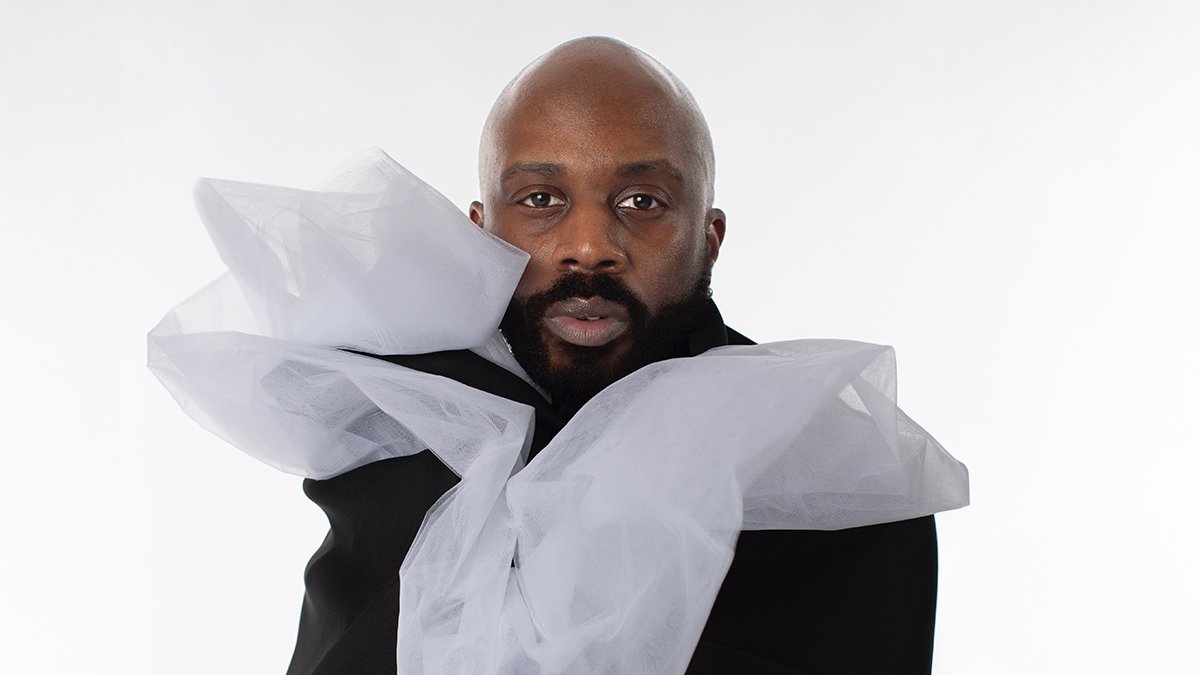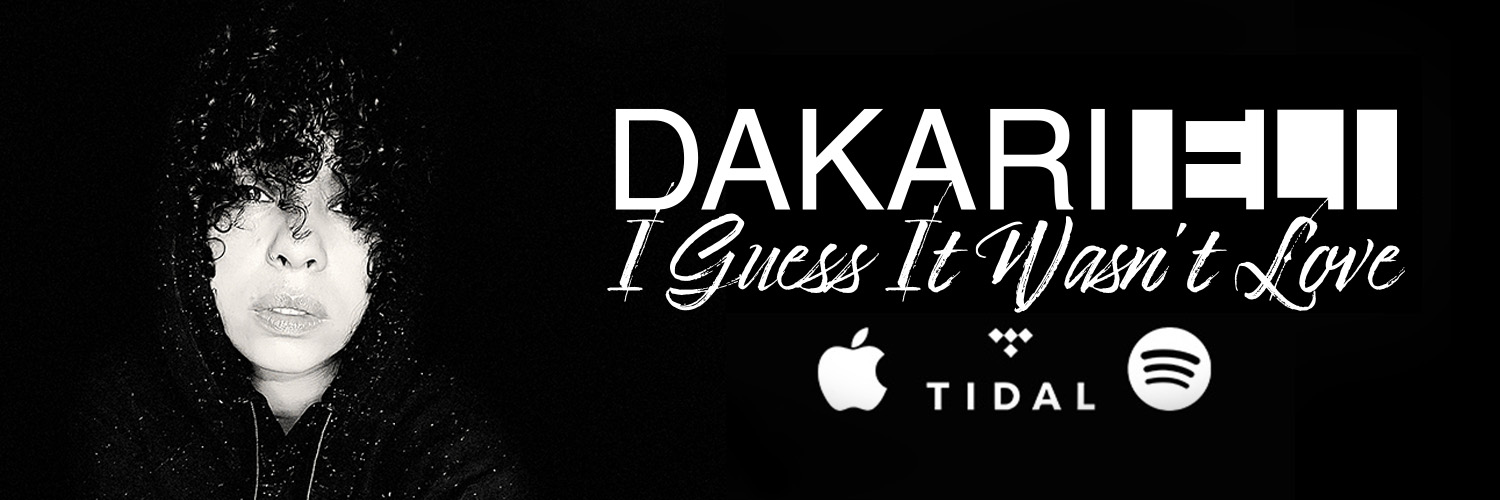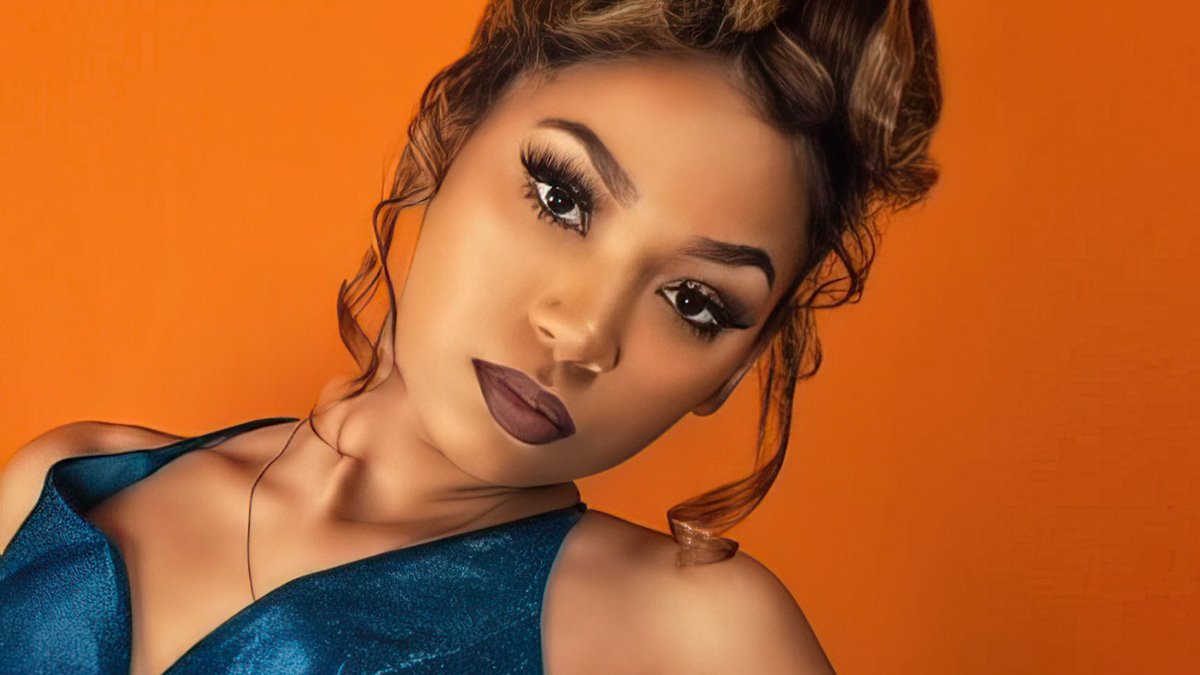Kadeem A. Fyffe has made his mark in the fashion world as both a designer and advocate for inclusivity. With experience at top brands and a passion for storytelling, he blends style with substance, using his voice to push for diversity in the industry. Now, as an author, he expands his influence beyond the runway, sharing insights on fashion, identity, and breaking barriers.
In this exclusive interview, Fyffe discusses his journey, creative inspiration, and the impact he hopes to leave on the next generation.
Kadeem, let’s start from the beginning. You have had an impressive career working with brands like Michael Kors, Burberry, and Marc Jacobs. How did those experiences shape your approach to fashion design?
Absolutely, so one, thank you so much for taking the time to feature me. I am so honored, and I am so happy to be doing this interview. So, yeah, as you mentioned, my first role was as a design intern at Michael Kors in the Women’s Collection. I was interning there while I was in grad school at Parsons School of Design in New York. Shortly thereafter, I worked for a small active brand called Lysse during the athleisure boom in like 2014 through 2016. I took a little bit of a break from my career or from fashion and worked as a model and actor.
Then, I returned and worked with Marc Jacobs, Burberry, and Cartier as a freelancer, designer, and visual merchandiser. My transition from intern to visual merchandiser and designer taught me a lot about the industry’s inner workings. I wanted to work with major brands to learn the industry rules because I consider myself a rule breaker. A mentor once told me you can’t break the rules until you know them. To disrupt an industry, you must know the game. I absorbed everything I could: draping techniques, sketching, CADs, tech packs, and production. My goal was to learn every aspect of the industry so I wouldn’t be pigeonholed. I wanted to know how to do everything.
As the head of a design for multiple startups, what are some of the biggest challenges you face in leading emerging brands?
Right, so I would say the work that I’ve done as a design and production consultant where I help take young entrepreneurs or new or young brands, I help take their creative vision from initial concept to market. Which I sort of have documented in a book, in my book, which I’m sure we’ll get to. But I think there are a few challenges. One of the main ones is that I deal with, I often meet people where they are. There are various levels of skill, vision, or creativity. Often, I’m working with people who are coming from outside the industry. And so, I have to do a lot of teaching. And I wouldn’t say that it’s necessarily a challenge. It’s just something that I have to do and something that I’ve had to adapt to.
And I think maybe the other one, the last one, would be that there are times as an entrepreneur or as a creative that you hit a wall and you’re like, “Oh wow, I have this project due today, but I am sick, or I really don’t feel like it. Or I’m not creatively moved or inspired.” And so, I’ve had to learn how to work when I’m not inspired or when I’m not in the flow. When in my independent work, I work on my own schedule. And if I’m not in the flow, I don’t create. But when you have deadlines and you’re trying to help someone else achieve their goals, you have to stick to a timeline. And so, just navigating through that has been a challenge, but I’m always up for a challenge.
Your work spans both activewear and ready-to-wear. How do you balance functionality with style?
So, I think that the two for me in my current aesthetic are the same. And because I came from, I had studied couture and draping and pattern making and I really just wanted to be a high-end women’s wear designer which is why I started at Michael Kors, or which is where I started at Michael Kors, and I was studying at Parsons. But then I moved over to activewear, and I was really interested and intrigued by the way, the structure and the stretch and the moisture working fabric qualities and all these sorts of technical aspects of fabric and textiles that I had not thought about before. I usually just thought, “Oh, I’ll just work in silk and organza and satin and satin back crepe and those more high-end fabrics.” But what I’ve done now, and what I really love doing, is mixing traditional and classic, elegant women’s wear silhouettes with more functional activewear fabric or fabric that’s typically used for activewear. And so, a lot of the pieces that I work on now and that I’ve shown recently at the Kennedy Center and New York Fashion Week have been fashioned out of neoprene, which is a fabric that’s usually used for scuba gear.
So, it’s just something that I really love because it really flows like silk or satin. But then it’s like really strong, it’s much stronger, and it’s more durable rather and heavyweight, so it holds structure. My design aesthetic is about building beautiful structures. I’m heavily inspired by architecture, and so I try to build these structures off of beautiful women and have them sort of be statues and be empowered. That fabric, which is functional and stylish, allows me to do that.
That’s amazing. Your designs have been featured in major publications. What does that kind of recognition mean for you as a designer?
I mean, it means the world to me because it shows I’m being seen, heard, and valued by my peers and the industry. Early in my career, I was featured in business or entertainment publications, which validated my work. Artists thrive on recognition; it’s not about being the center of attention but having my work seen by many. Getting into publications like USA Today, People, and Cosmopolitan has been crucial. It means my aesthetic is seen, and my message is heard. Beauty and fashion are my mediums, but I have a message, and publications help me share it.
That leads to our next question. As an author, you have shared your insights through your book, “Threading the Needle.” What do you hope readers take away from it?
I published “Threading the Needle: A Fashion Designer’s Guide to Successfully Launching Your First Collection” in May of 2023 in honor of, well, one, I wanted to share my, I wanted to share my personal and professional journey and sort of give a behind the curtain view of the fashion industry, and I wrote it with people who were not, I wrote it with people who were outside of the industry in mind and particularly underserved communities. The book doesn’t explicitly target underserved communities, but it aims to provide a roadmap for people with big dreams who lack resources. The guide includes technical terms, graphics, sketches, and resource lists to provide practical advice. It aims to offer a clear A to Z guide on starting a collection, from initial ideas to tech packs, production, and sales. The content is designed to be straightforward and easy to follow.
I hope that people take away that I’ve worked really hard to get to where I am and that at the root of what I do is trying to uplift the community. There are times when I faltered, but I always take a lesson from any setback. I think that one thing I hope people take away from the book, which I think is one of the last lines, is a setback is only a setup for a breakthrough.
Anyone who works in fashion or entertainment knows that you face so many deterrents and setbacks and no’s before you get to the yeses. I think that it was an important thing I wanted to highlight and have as a through-line through the book, and one important thing I wanted to say, slightly related to the question, definitely related to the book, is that I wrote the book after losing one of my best friends. He passed away in a motorcycle accident. I considered giving up on fashion and pursuing a more stable career. The pressure of dealing with loss and the intense industry almost broke me. Instead, I chose to face my grief, seek therapy, and strive to reach my full potential. I wanted to make my friend proud. I released the book on his birthday. Since then, every day, I wake up determined to be the best version of myself. I’m living up to the legacy and standards he instilled in me. His name was Vaughan Holland, and everything I do is in an effort to honor him.
That’s beautiful. My condolences for your loss.
Thank you, I appreciate that.

You’ve worked internationally for a decade. How do global influences shape your creative process and business strategies?
So yes, I have worked internationally. I worked across the industry. I worked in fashion in Milan while I was in college. I worked as a model and actor in Sydney, Australia, and I will be doing an artist residency in Greece from the end of March until April of this year. One thing I would say, I guess related to international influences, is that I am also Jamaican. I am a first-generation American, and my parents immigrated here in the 80s I grew up in a very diverse neighborhood, and I always traveled as a child. I recognize that it is a privilege that I think I kind of took for granted at times, but I really appreciate it now that I felt like I had a really well-rounded worldview and experience that I knew that there was more than New York.
I knew there was more than growing up in North Carolina, and I knew there was a bigger world out there that I needed to see and that needed to see me… as a designer. I look to the runways… I watch Paris Fashion or Paris Couture Week for inspiration… Designers get inspired by other people. The idea is to not copy but to take influences of art, architecture, nature, travels, and personal life experiences and combine those into something beautiful… I design from personal experiences, and travel is one of those main things.
My last question for you is, what advice do you have for aspiring designers who want to break into the fashion industry that complements your book?
First, buy the book. It serves as a detailed roadmap and compass for aspiring designers. The fashion industry is tough and not for the weak. You need strong determination and resilience to face repeated rejections and competition. It’s a cutthroat industry with gatekeepers, but if you’re passionate and believe in your unique vision, stick it out. It might take years, but it’s worth it. The highs feel better after hard work. A recent quote I heard sums it up: give yourself credit on your way up, even in low moments, because you keep raising the bar. Never lose belief in yourself.
The last thing that I say in the book, outside of please email me if you have any questions, is believe in yourself as I believe in you. I just thought it was a beautiful way to end the book and a quote from “Believe in Yourself,” the song in The Wiz as sung by Lena Horne. Anytime I’m feeling lost, I go back and listen to that song and just remind myself to believe in myself because there are so many other people out there who believe in me.
Thank you so much for your time and energy. That was great, and I love that quote. That’s my favorite part of the movie.
Absolutely. Yeah, it’s my favorite too. I added in there because black people all know that song… The book has all these really inspirational quotes. Another quote I guess I would add to that last question is, “If you fail to plan, then you plan to fail.” That quote has been said by many, but I attributed it to Richard Williams, who is the father of Serena and Venus Williams. He said that to them every day while they were training, and it was featured in King Richard.
Words by Be’n Original | Photo by Sean Turner






